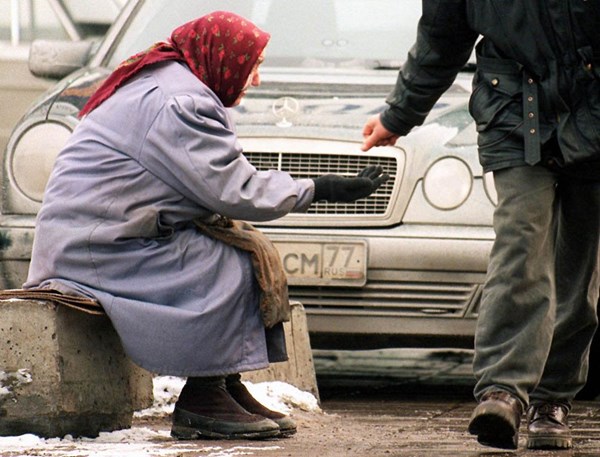Russia’s mortality rate reaches record high
Russia continues to record a sharp acceleration of natural population decline and double-digit increase in mortality on a scale that official statistics have not seen for more than 70 years.
As of March, 191,320 people died in the country, Interfax reports, citing data of the Federal State Statistics Service, Rosstat.
Compared to February, the mortality rate increased by 18,648 people, or 10.7%. The increase in mortality was 25.3% annually and compared to February it accelerated by 4.7 percentage points.
In January, the rate of mortality growth reached 33% year-on-year, and in December set a record for the entire time of the pandemic - 63% in annual terms.
According to the results of the first quarter, 583.7 thousand people died in Russia - 123.7 thousand, or 26.9% more than a year before.
The rate of increase in mortality recorded in recent months is unprecedented since 1947, when the USSR experienced a massive famine due to drought, the end of land-lease food supplies and the creation of grain reserves.
Then, the number of deaths in the country jumped by 37.2% annually, according to historical statistics cited by Open Media.
In general, double-digit increases in mortality have been rare. In Russian post-war history, this happened only three times: in addition to the period of the pandemic of 2020-21 and the famine in 1947, the record year was in 1993, when the number of deaths jumped by 17.8% amid the hyperinflation and economic collapse.
The increase in fertility rate, meanwhile, almost stopped. 336.9 thousand children were born in Russia in the first quarter - only 0.4% less than a year earlier. In March, the fertility rate increased by 15.5%, to 128.2 thousand children.
However, the mortality rate at the end of the quarter exceeded the birth rate by 1.7 times. As a result, the natural decline of the population accelerated by half - to 246.8 thousand people.
At the end of last year, Russia lost 688.7 thousand people as a result of natural loss. The permanent population has shrunk to 146.24 million, the lowest since 2014.
